Plant ideas to line wooded area?
queenoftheforest
9 years ago
Featured Answer
Comments (19)
aachenelf z5 Mpls
9 years agolast modified: 9 years agoqueenoftheforest
9 years agolast modified: 9 years agoRelated Professionals
Holly Springs Landscape Architects & Landscape Designers · Manorville Landscape Architects & Landscape Designers · Norton Shores Landscape Architects & Landscape Designers · Edmond Landscape Contractors · Bloomington Landscape Contractors · Camp Verde Landscape Contractors · Hawaii Landscape Contractors · Hawthorne Landscape Contractors · Holland Landscape Contractors · Mendota Heights Landscape Contractors · Mission Bend Landscape Contractors · Rockwall Landscape Contractors · Roseville Landscape Contractors · Teaneck Landscape Contractors · Hueytown Landscape Contractorsduluthinbloomz4
9 years agolast modified: 9 years agomoliep
9 years agolast modified: 9 years agoRuth_MI
9 years agolast modified: 9 years agogardenweed_z6a
9 years agolast modified: 9 years agoqueenoftheforest
9 years agolast modified: 9 years agoaachenelf z5 Mpls
9 years agolast modified: 9 years agoqueenoftheforest
9 years agolast modified: 9 years agoRuth_MI
9 years agolast modified: 9 years agothrills
9 years agolast modified: 9 years agoshrubbish
9 years agolast modified: 9 years agoNHBabs z4b-5a NH
9 years agolast modified: 9 years agoKaren Braughton
4 years agogardengal48 (PNW Z8/9)
4 years agokitasei
4 years agogardengal48 (PNW Z8/9)
4 years agolast modified: 4 years agoPatricia Liljenberg
last yearlast modified: last year
Related Stories
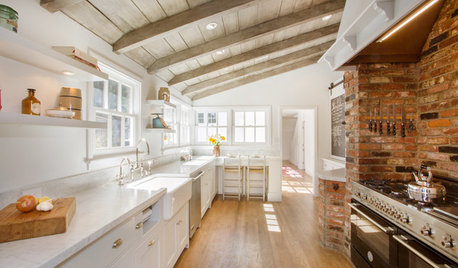
KITCHEN DESIGNKitchen of the Week: Brick, Wood and Clean White Lines
A family kitchen retains its original brick but adds an eat-in area and bright new cabinets
Full Story
EXTERIORSWhere Front Yards Collide: Property Lines in Pictures
Some could be twins; others channel the Odd Couple. You may never look at property boundaries the same way again
Full Story
GARDENING GUIDESGreat Garden Combo: 3 Wonderful Plants for a Deer-Resistant Screen
Protect your privacy and keep deer at bay with a planting trio that turns a problem garden area into a highlight
Full Story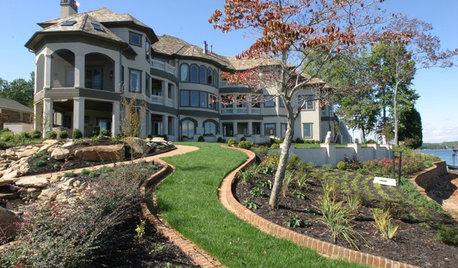
GARDENING AND LANDSCAPINGGarden Edging: Clean Lines for Your Landscape
Brick, Metal, Wood or Concrete Edging Helps Keep Your Garden In Shape
Full Story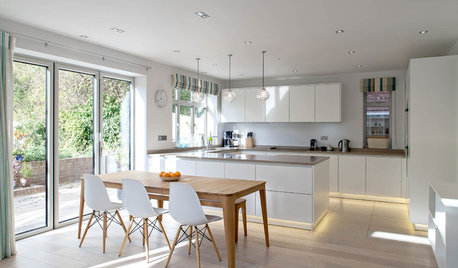
KITCHEN DESIGNBright Modern Kitchen With Smooth Lines and a Relaxed Vibe
A peninsula separates zones in this open-plan family kitchen and dining area with a streamlined design
Full Story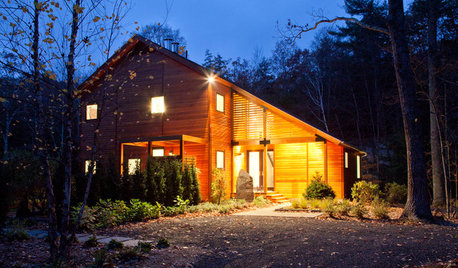
CONTEMPORARY HOMESHouzz Tour: Strong, Modern Lines Stand Up to the Trees
Modernism takes kindly to the New York woods, with double-height ceilings for openness and a burbling creek for music
Full Story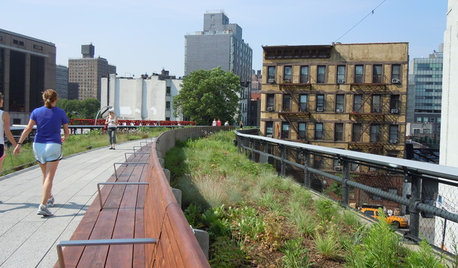
GARDENING AND LANDSCAPINGGarden Inspiration From New York's New High Line
See how to add some urban chic to your own stretch of green
Full Story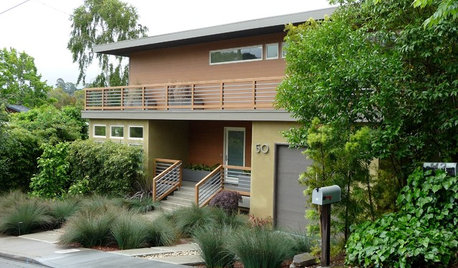
HOUZZ TOURSHouzz Tour: An Ecofriendly Family Home Gets in Line
Without any curved lines but with a wealth of energy-efficient features, this remodeled home in Northern California has plenty of appeal
Full Story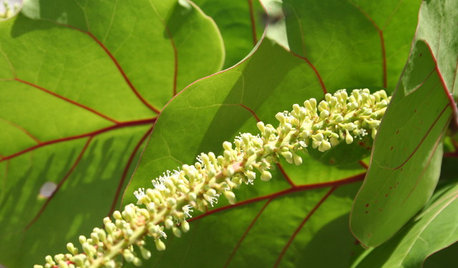
GARDENING GUIDESGreat Design Plant: Sea Grape, a Hardy Coastal Delight
Up to the high-tide line or even indoors, sea grape draws smiles for its looks and cheers for its tenacity
Full Story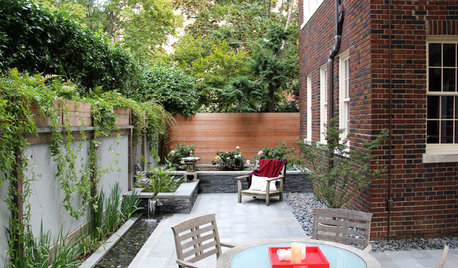
PATIOSPatio Details: Dog Won’t Trample the Plants With This Design
An Asian-inspired backyard redo adds clean lines, a new water feature and a sense of spaciousness — with room for a large beloved dog
Full StoryMore Discussions






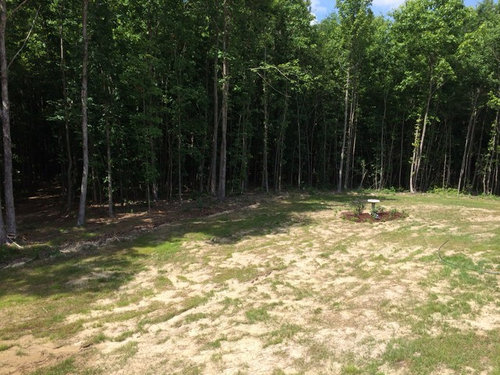

Ruth_MI